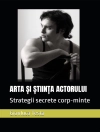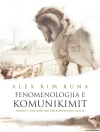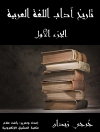The book explores the significance and dissemination of ‘monstrous anatomies’ in British and German culture by investigating how and why scientific and literary representations and descriptions of abnormal bodies were proposed in the late Enlightenment, during the Romantic and the Victorian Age. Since the investigations of late 18th-Century natural sciences, the fascination with monstrous anatomies has proved crucial to the study of human physiology and pathology. Featuring essays by a number of scholars focusing on a wide range of literary texts from the long nineteenth century and foregrounding the most important monstrous anatomies of the time, this book intends to offer a significant contribution to the study of the representations of the abnormal body in modern culture.
关于作者
Prof Dr Michele Cometa teaches Comparative Literature and Visual Culture at the University of Palermo. His research focuses on German cultural history and aesthetics, literary theory, and visual culture.












